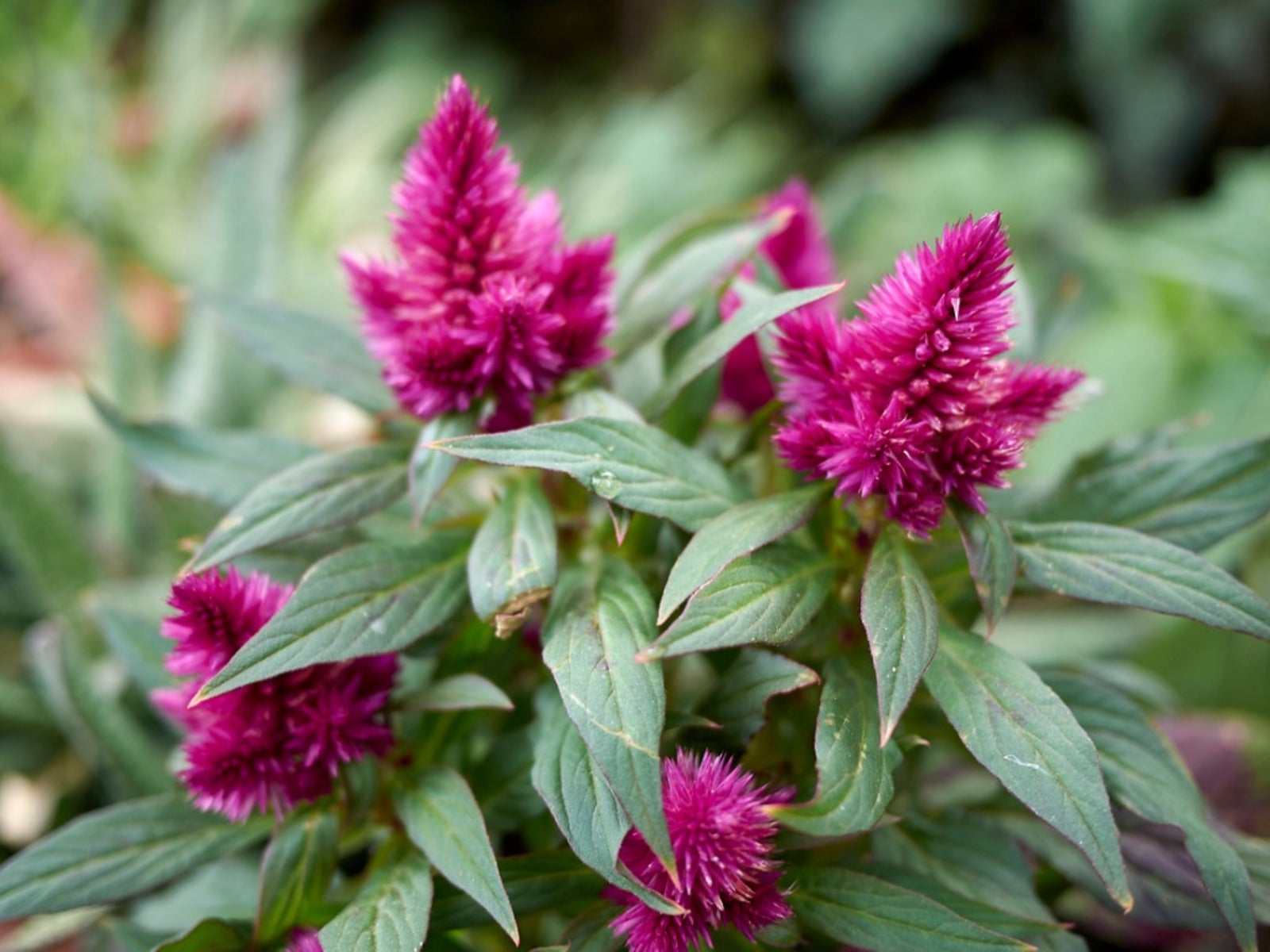Celosia Care: Learn About Growing Flamingo Cockscomb


If you’re in the mood to plant something a little different to dazzle your neighbors and make them say ooh and ahh, consider planting a few flamingo cockscomb plants. Growing this bright, eye-catching annual couldn’t be much easier. Read on to learn all about growing flamingo cockscomb.
Growing Flamingo Cockscomb
Flamingo cockscomb (Celosia spicata) is also known as celosia ‘flamingo feather’ or cockscomb ‘flamingo feather.’ Flamingo cockscomb plants are easy to grow as long as you provide them with well-drained soil and at least five hours of sunshine per day. Although celosia flamingo feather is an annual, you may be able to grow it year round in USDA plant hardiness zones 10 and 11. This plant doesn’t tolerate cold weather and is quickly killed by frost. Like other cockscomb plants, Celosia flamingo feather is easily propagated by planting seed indoors about four weeks before the last expected frost in spring, or sowing them directly into the garden after you’re sure all danger of frost has passed. Seeds germinate in temperatures between 65 and 70 F. (18-21 C.) An even easier way of getting started with celosia flamingo feather is to purchase starter plants at a garden center or nursery. Plant bedding plants soon after the last frost.
Caring for Flamingo Cockscomb
Celosia care is relatively simple. Water flamingo cockscomb plants regularly. Although the plant is somewhat drought tolerant, flower spikes are smaller and less dramatic in dry conditions. Keep in mind that the soil should be moist but never waterlogged. Apply a weak solution of a general-purpose, water-soluble fertilizer every two to four weeks (Be careful not to over-feed celosia flamingo feather. If the plant is hale and hearty or if the soil is especially rich, fertilizer may not be needed.). Deadhead flamingo cockscomb plants regularly by pinching or clipping wilted blooms. This easy task keeps the plants neat, encourages more blooms, and prevents rampant reseeding. Watch for spider mites and aphids. Spray as needed with insecticidal soap spray or horticultural oil. Celosia flamingo feather plants tend to be sturdy, but taller plants may require staking to keep them upright.
Sign up for the Gardening Know How newsletter today and receive a free copy of our e-book "How to Grow Delicious Tomatoes".

A Credentialed Garden Writer, Mary H. Dyer was with Gardening Know How in the very beginning, publishing articles as early as 2007.